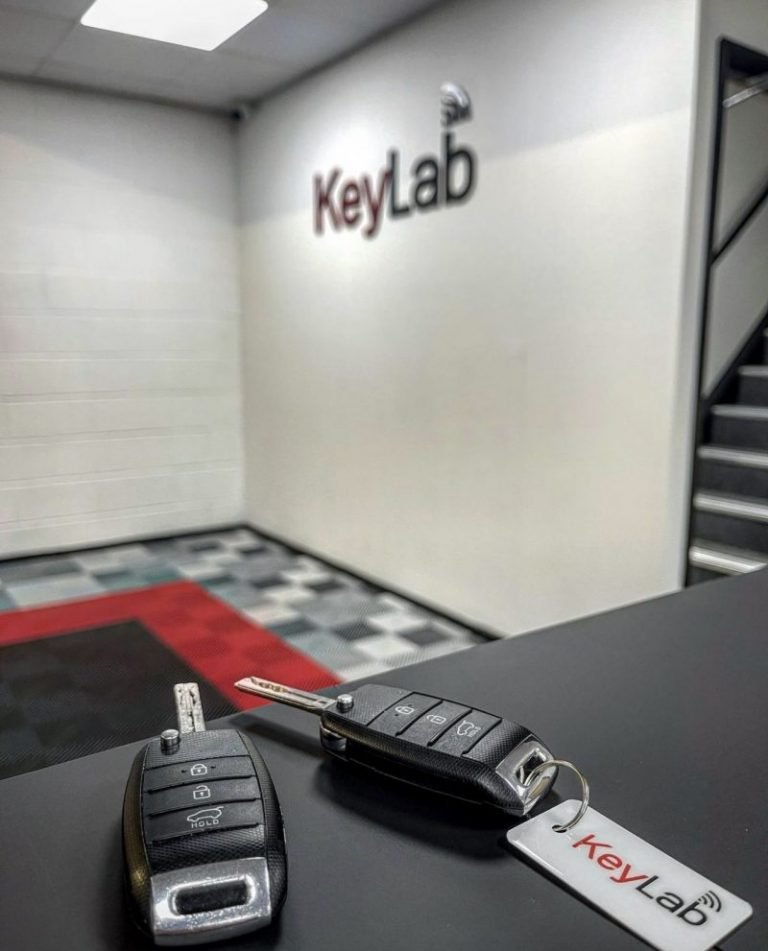Unexpected Business Strategies That Helped Car Diagnostics Near Me To Succeed

Automotive Diagnostics

There are many types of diagnostic tools that can be used to diagnose automotive issues. These include back-pin probing and pattern recognition algorithms. These diagnostic tools can help you communicate via remote assistance services, in addition to identifying components that are malfunctioning. These tools are essential for ensuring that your car is safe on the road.
Warning system for component failure
Modern vehicles have numerous internal and electronic systems that check how the vehicle is performing. These systems can be triggered by an issue. A warning signal will be sent to the driver in the event that something in the vehicle isn't functioning correctly. Certain warning lights can signal a minor issue, like a leaky gas cap, while other may indicate a more serious problem.
A system that detects malfunctions may store information that could be used to assist a technician diagnose the problem and then fix it. If it detects a fault before it is too late the technician is able to address the problem quickly and efficiently. A vehicle owner can increase its safety and lower maintenance costs by following these tips.
Modern vehicles come with an onboard computer diagnostic system that continually monitors all major systems and functions of the vehicle. It also monitors the efficiency of fuel and harmful emissions. A warning light will be displayed on the dashboard if an element is damaged. This system, dubbed OBD, is used on personal vehicles, trucks and commercial vehicles. It has become an industry standard and makes diagnosing much easier.
These alerts are issued in the form of Diagnostic Trouble Codes, or DTCs. They are the result of a diagnostic procedure that determines the cause of a problem. Diagnostics involves analyzing the information on the service, pin-point testing on the vehicle, and examining affected areas. To accurately diagnose a vehicle's problems it is essential to comprehend the meaning of these codes.
Communication between a vehicle and a remote assistance facility
Remote assistance devices can only work with your vehicle if you have a way of communicating with it. Vehicle-to-vehicle (V2V) communication is a technique used to connect with other vehicles and share information wirelessly. This technology allows for the transmission and reception of omni-directional messages at up 10 times per minute. It assists vehicles in maintaining all-round awareness of their surroundings. It can also gather information from vehicles in the vicinity to alert drivers about upcoming accidents. These systems can also use tactile and audible alerts to help drivers avoid accidents.
Back-pin checking
Back-pin probing is a technique in automotive diagnostics that utilizes a sharp pin to make contact with automotive connectors. These probes are used on any vehicle model and are usually inexpensive. These probes are helpful in testing live circuits without damaging connectors. This means that there is no need for cutting wire insulation.
diagnostics car prefer back-probing for automotive diagnostics. It is much more convenient than the process of piercing wire insulation. These tools can be inserted into automotive connectors with a variety tips. Many back-probes are designed for specialty applications and have smaller diameters that helps reduce the amount of leverage that is applied to the connector.
Some diagnostic kits for cars contain several connectors and probes such as banana plugs, alligator clips and pointed probe tips. Certain kits also come with a variety of tests kits. These kits let you quickly and easily look for any potential issues in your vehicle's electrical system.
Back-pin probing is among the most effective ways to test automotive connectors. It allows you to quickly connect and disconnect the test leads. This diagnostic method is also cost-effective. This method can help you save time, money and labour.
On-board diagnostics
The health of the vehicle is monitored by the onboard diagnostics. It can also alert them to the need for repairs or maintenance. This technology could improve the efficiency of the engine and improve reliability. This technology is used to enhance safety and engine performance by car manufacturers. These systems also save time and money by allowing drivers to see how their car is performing without needing to be at the mechanic's shop.
Before the introduction of standard on-board diagnostics, the manufacturers created their own systems. Early versions of the system used specific connectors designed by the manufacturer electronic interfaces and custom codes that were used to report a problem. The first systems were introduced in the year 1968 and 1978 by Volkswagen and Datsun. The Society of Automotive Engineers (SAE) eventually required all vehicles to be equipped with the technology. Additionally, in 1994 California's law required that all vehicles have on-board diagnostics.
On-board diagnostics systems have become so sophisticated that they have the computing power of a desktop computer. They are compatible with various mid-speed networks, and are now capable of handling huge quantities of data. Many on-board diagnostics systems include an auto speed sensor which can detect rough roads accurately. The sensors are integrated into the engine control unit of the vehicle, or ECU.
When a vehicle's engine is experiencing issues and the OBD system can identify the problem and turn on warning lights in the instrument cluster. Once it is able to identify the issue and the cause, the OBD system stores a diagnostic trouble-code. To access the trouble code it is possible for a mechanic to connect a scanner to the OBD connector below the dashboard. A mechanic may not be able to read the trouble code, but it can help him identify the cause of the issue.
